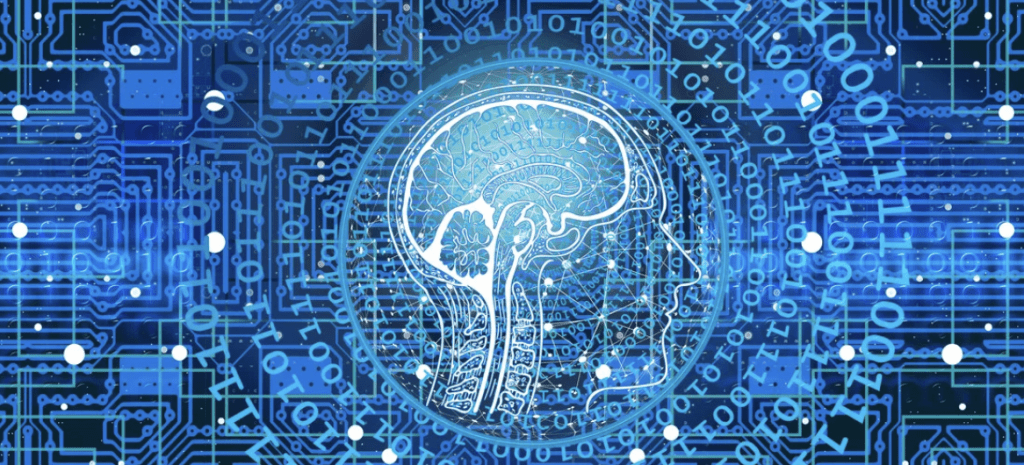Blockchain and cryptocurrencies are having a moment. Everything seems to feature blockchain-based tokens from celebrities’ tweets to advertisements and rebranded websites. Their popularity drove a spike in their value, as everyone can easily see by checking an exchange platform like Binance that facilitates crypto transactions and provides information on how to buy Bitcoin and other digital assets.
Suppose you’ve been reading the news lately. In that case, you might have heard many people saying they’re excited about the possibilities of Web3 because it provides them with new opportunities to benefit from decentralized finance or purchase a virtual presence in the metaverse. Decentralized community-driven platforms like The Sandbox enable developers to monetize gaming experiences and digital assets.
What is Web3?
To fully grasp the notion of Web3, it’s essential to have a look at the Internet’s evolutionary trajectory. Web1 was the first stage of the Internet, represented by HTML static pages aimed to facilitate data search. Once introduced, it changed how people communicated and shared data, despite the challenges of the early Internet age. As the Internet gradually evolved, Web2 came to life to provide users with a more engaging online experience. Social media and the new business models triggered by the network’s growth supported its growth and popularity.
While Web1 provides Internet users with access to data sources, Web2 offers a more personalized experience through a network algorithm and multi-channel means.
Web3 is supposed to be the Internet’s future, enabling the present internet ecosystem to overcome its pressing issues. Web3 was first designed as a semantic web, but then Gavin Wood, Ethereum and Polkadots co-founder, presented the idea of a decentralized online network running on the blockchain. This new Web version should be more personalized and human-focused, with no central control or management authority. The collective efforts of individuals with innovative approaches, private organizations, and non-profit organizations will power Web3.
Essential characteristics of Web3
Open-source software – it can be accessed and operated publicly because it’s created by an open community of developers.
Trustless – Internet users can interact privately and publicly without the involvement of a third party.
Permissionless – all users can participate without authorization from a governance body.
Artificial intelligence.
Decentralized data network.
Edge computing.

Does Web3 influence blockchain and cryptocurrencies?
When discussing Web3, people also bring up the subject of blockchain and cryptocurrency. The promise that this web version provides decentralization implies the use of blockchain and cryptocurrency. Through the interaction with blockchain technology and related currencies, Web3 could cryptographically connect all types of data.
Experts state that blockchain and digital currencies are the backbone of Web3 because they allow developers to embed economic incentives and rules in open-source software. Web3 marks the beginning of an era where people and machines can interact over a peer-to-peer network without the involvement of a third party.

Are blockchain and cryptocurrencies paramount for Web3?
As mentioned earlier, blockchain and digital currencies are the building blocks of the newest Web version. However, it also integrates technologies like the Internet of Things, Augmented Reality, and Virtual Reality, which aren’t connected to the blockchain of digital tokens.
While blockchain enables the existence of the third generation of the Internet, other technologies like the Internet of Things, machine learning, Virtual Reality, Augmented Reality, artificial intelligence, and big data enable it to become a sophisticated environment that offers personalized experiences. They can boost blockchain’s efficiency even if they aren’t based on distributed ledger technology or digital currencies.
Blockchain is essential in developing the infrastructure of Web3 because it allows businesses to decentralize Web2 services like databases, social networking sites, and cloud computing. When combining the mentioned technologies with blockchain, organizations can benefit from improved and more effective ways to manage confidential data sets.
Cryptocurrencies eliminate the need for a third party, allowing people to use digital tokens like Bitcoin and Ethereum to send and receive money. Cryptocurrencies were created to enable peer-to-peer transactions and provide investors with a digital-native remittance method. Cryptocurrencies provide blockchains with an incentive system, and users need crypto wallets to store their tokens, so they’re all dependent on one another.
Web3 was designed to be open to everyone, trustless and permissionless, so it must embrace cryptocurrencies because they feature all these characteristics. In addition, non-fungible tokens allow users to own unique digital items like personal data, in-game assets, and digital art.

Is Web3 related to blockchain?
Blockchain is the backbone technology behind the decentralized web and alters the dynamic of the current Web version, where organizations squeeze users for as much data as possible. Shared ownership and cryptocurrencies provide a solution to the underlying problem with centralized networks that allow a single organization to accumulate too much value, which can trigger conflict between its stakeholders. Web3 Dapps guarantee data independence through the use of blockchain. Web3 users become content owners thanks to the network’s decentralization that promotes no third-party data authorization. Dapps enable Web3 users to come up with ideas and vote on projects, impacting the governance and community engagement paradigms. All users have equal chances to participate in the development and implementation of projects.

Can blockchain propel the growth of Web3?
Without a doubt, blockchain can propel the expansion of the third version of the Internet by enriching it with features like cross-chain interoperability, decentralized governance, trustless payments and the opportunity to gain rewards when playing games.
When analyzing the way blockchain impacts data structures in the backend of Web3, it’s easy to conclude that blockchain is the basis for Web3.

The most important Web3 digital currencies
Cryptocurrencies unlock the potential financial innovation of Web3, and we’ve witnessed several projects emerge lately.
Polkadot facilitates the interconnections between blockchains, allowing them to become a single network that makes data and asset transfer a simple process.
Chainlink has a decentralized oracle blockchain that enables the transfer of external payments, events, and data.
Theta Network is a Web3 web-based platform that facilitates decentralizing and incentivizing data delivery, video streaming, and edge computing.
Helium was designed as a wireless infrastructure that connects internet connections to serve smart devices.
WE SAID THIS: Don’t Miss…Guidelines For Selecting A Crypto Exchange



